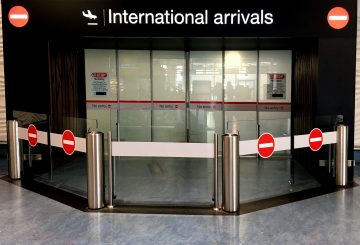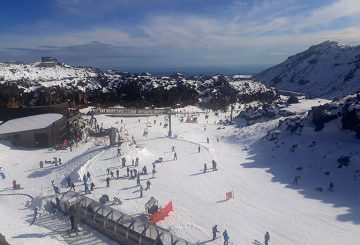金曜日の最新の不動産データによると、売却物件が不足しているため、ニュージーランドの住宅価格に圧力がかかり、住宅販売がスピードアップしており、4か月連続で住宅価格の中央値を記録しています。
ニュージーランド全体の住宅価格の中央値は、2020年12月の749,000ニュージーランドドルの記録的な中央値まで上昇し、2019年12月の628,000ニュージーランドドル(450,796米ドル)から19.3パーセント上昇した。ニュージーランド不動産研究所(REINZ)のデータを示した。
同国最大の都市であるオークランドを除くニュージーランドの住宅価格の中央値は、2019年12月の535,000ニュージーランドドルから前年比17.8パーセント上昇し、記録的な63万ニュージーランドドルとなった、と統計が示された。
さらに、オークランドの住宅価格の中央値は、2019年12月の886,000ニュージーランドドルから2020年12月の1,04万ニュージーランドドルに前年比17.4パーセント上昇した。これは、オークランドが記録的な価格を掲載する5年連続の月である。
ニュージーランドは4ヶ月連続で、住宅価格が新記録に達し、12月には74万9,000ニュージーランドドルの新しい全国住宅価格の中央値を見ている、とラインツの最高経営責任者(Bindi Norwell)は声明で述べた。
さらに、11の地域と27の地区では、過去数ヶ月間の住宅市場で見られるパターンの続きが記録的に高い中央値が見られ、全国各地で住宅住宅市場がどれほど強いかを強調している、とノーウェル氏は述べた。
「現在、2018 年 12 月に戻った在庫水準の半分に達しています。したがって、購入しようとしている人々には十分な選択肢がありません。これは、国のほとんどの地域で住宅価格に大きな圧力がかかっていることを意味しています」と彼女は言った。
「記録的な低金利があるという事実を方程式に加えると、人々が望む財産を確保するために競争する意思があることを意味します」とノーウェルは付け加えた。
「この選択肢の欠如と高い信頼性は、17年間で見た中で最速のペースで不動産を販売する原因でもあります。家を売る日数の中央値は27日で、人々がどのように「良い」財産を確保するために急速に動いているかを示しています」と彼女は言った。
オークランド市は、国内でニュージーランドで最も高価な地区であり続けている、とデータが示した。





























































